Electric vehicles have come a long way in recent years, offering cleaner alternatives to traditional gas-powered cars. Yet, not every EV performs well once it hits Canadian roads. Between the long winters, inconsistent infrastructure, and high expectations, some electric models are struggling to keep up. Here are 23 EVs that are failing Canadian drivers in real-world tests.
Nissan Leaf Plus

While the Leaf Plus promises over 350 km of range, winter testing reveals it often falls below 250 km in sub-zero temperatures. Its lack of active battery thermal management is a major culprit. Owners have reported rapid range drops and slow Level 3 charging when temperatures dip. The interior also lacks adequate heating efficiency, forcing drivers to rely heavily on battery-draining HVAC. Moreover, highway driving at higher speeds sees the range plummet faster than expected, further limiting its usefulness for rural or long-distance travel.
Chevrolet Bolt EV
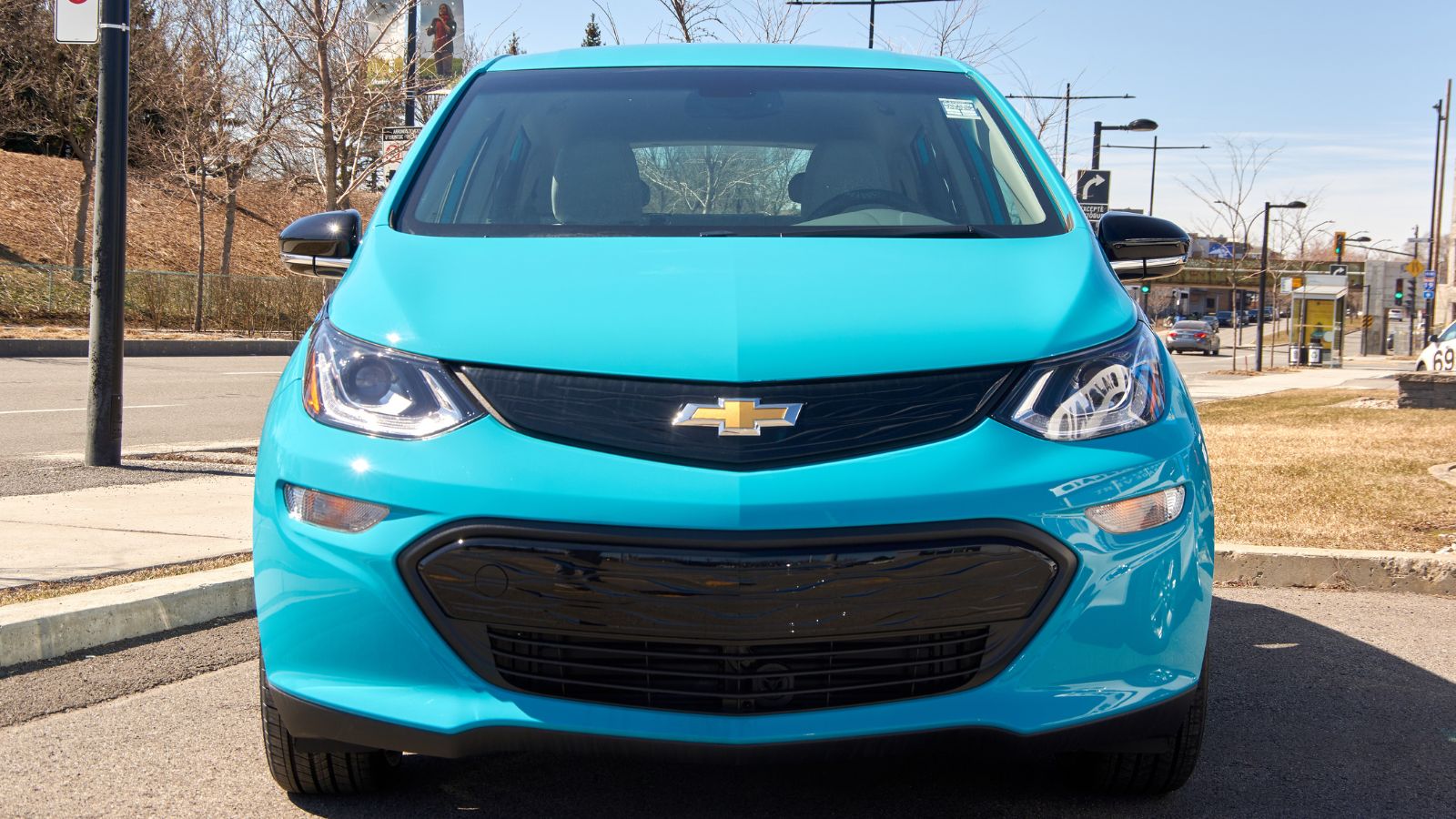
The Bolt EV offers decent specs on paper, with a 417 km range. However, actual driving results often fall short, especially in colder regions. Regenerative braking becomes inconsistent during the winter months, and the small size of the vehicle doesn’t offer much insulation against extreme temperatures. Battery degradation reports have also raised concern for long-term owners. To complicate matters, earlier models had safety recalls due to battery fires, eroding consumer trust. Charging infrastructure compatibility has occasionally been problematic, too. While its compact design is ideal for cities, those relying on it for all-season daily driving may find its performance drops notably in the Canadian winter.
Hyundai Kona Electric
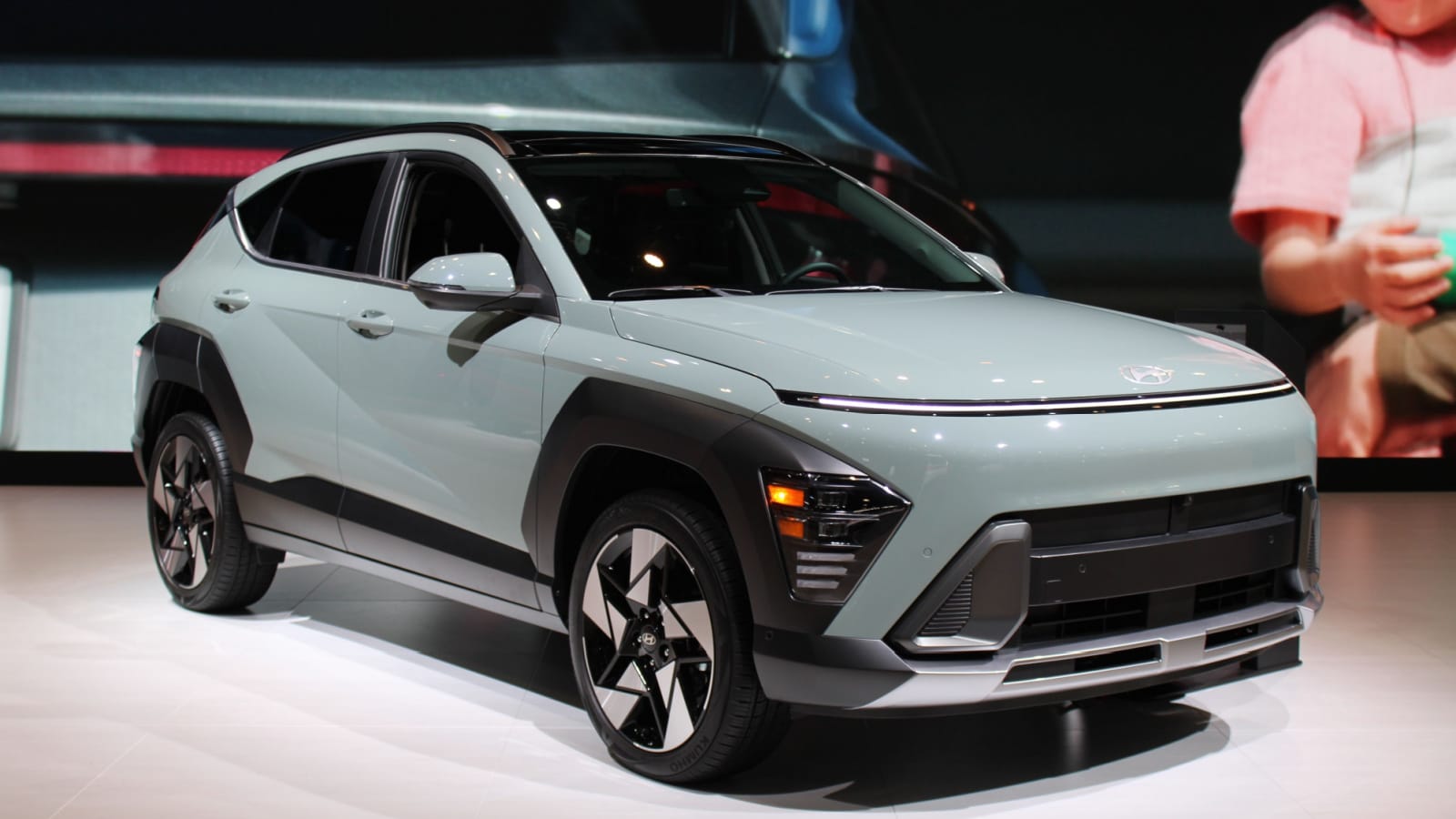
The Kona Electric is often praised for value, but several shortcomings have emerged through real-world testing. Drivers have noted substantial range reductions in cold climates, with winter range hovering around 275 km, far below its claimed 415 km. Cabin heating is energy-intensive, and the heat pump is only available in top trims. Charging speeds at Level 3 stations have been observed to be inconsistent, with some units capping well below 50 kW. The interior space also feels cramped, particularly for families or those needing cargo versatility.
Ford Mustang Mach-E (Standard Range)
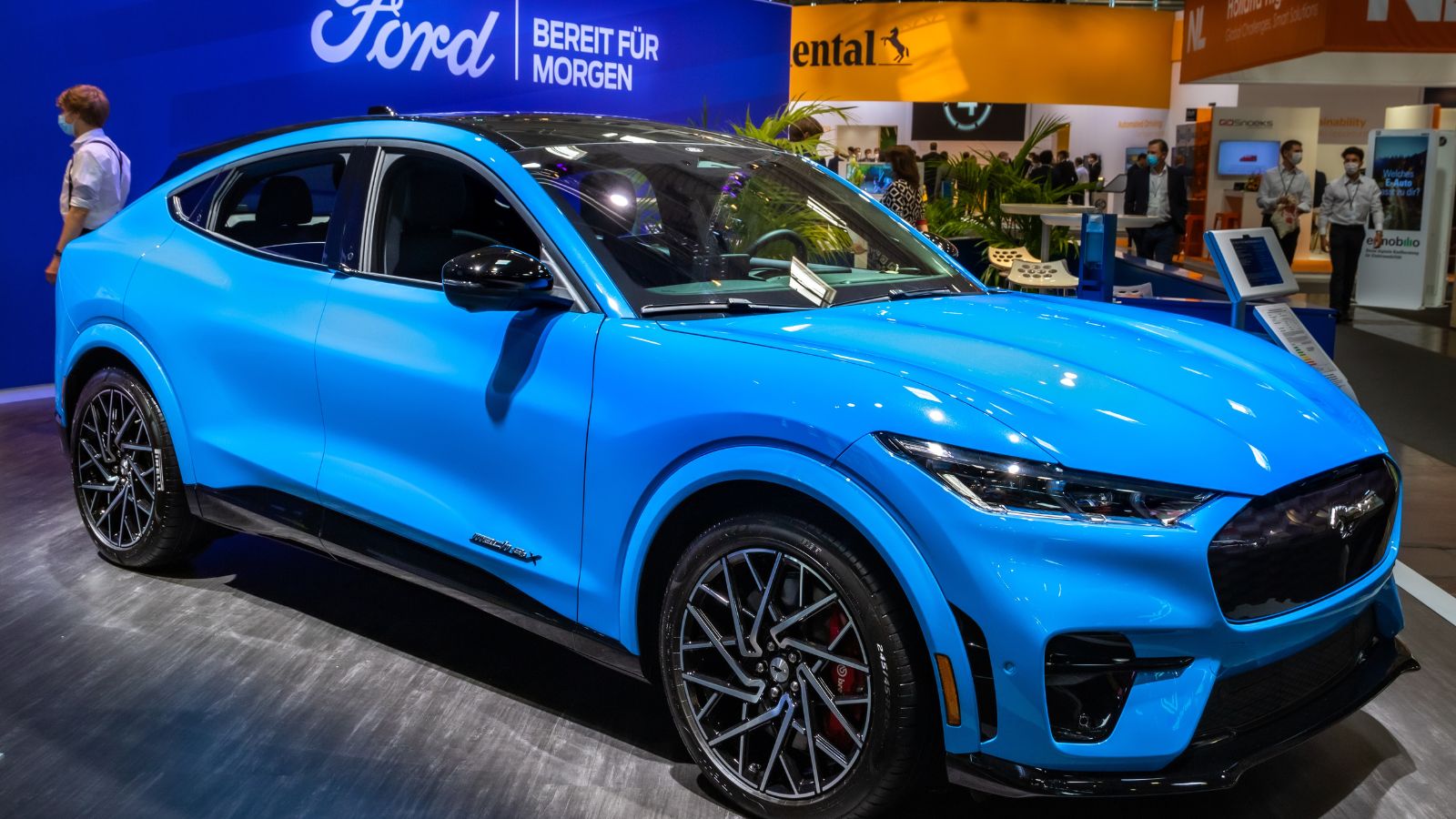
Despite its sporty branding, the standard range Mach-E struggles with efficiency when driven in colder temperatures. The vehicle’s estimated 370 km range can dip to under 250 km in winter, frustrating drivers who expect better consistency. It has also received mixed feedback on charging speed and battery preconditioning, particularly at public DC fast chargers. On longer drives, some owners note a lack of charging network planning via the onboard system. The standard model’s rear-wheel drive setup isn’t always ideal for icy or snow-covered roads either.
Volkswagen ID.4 (RWD)
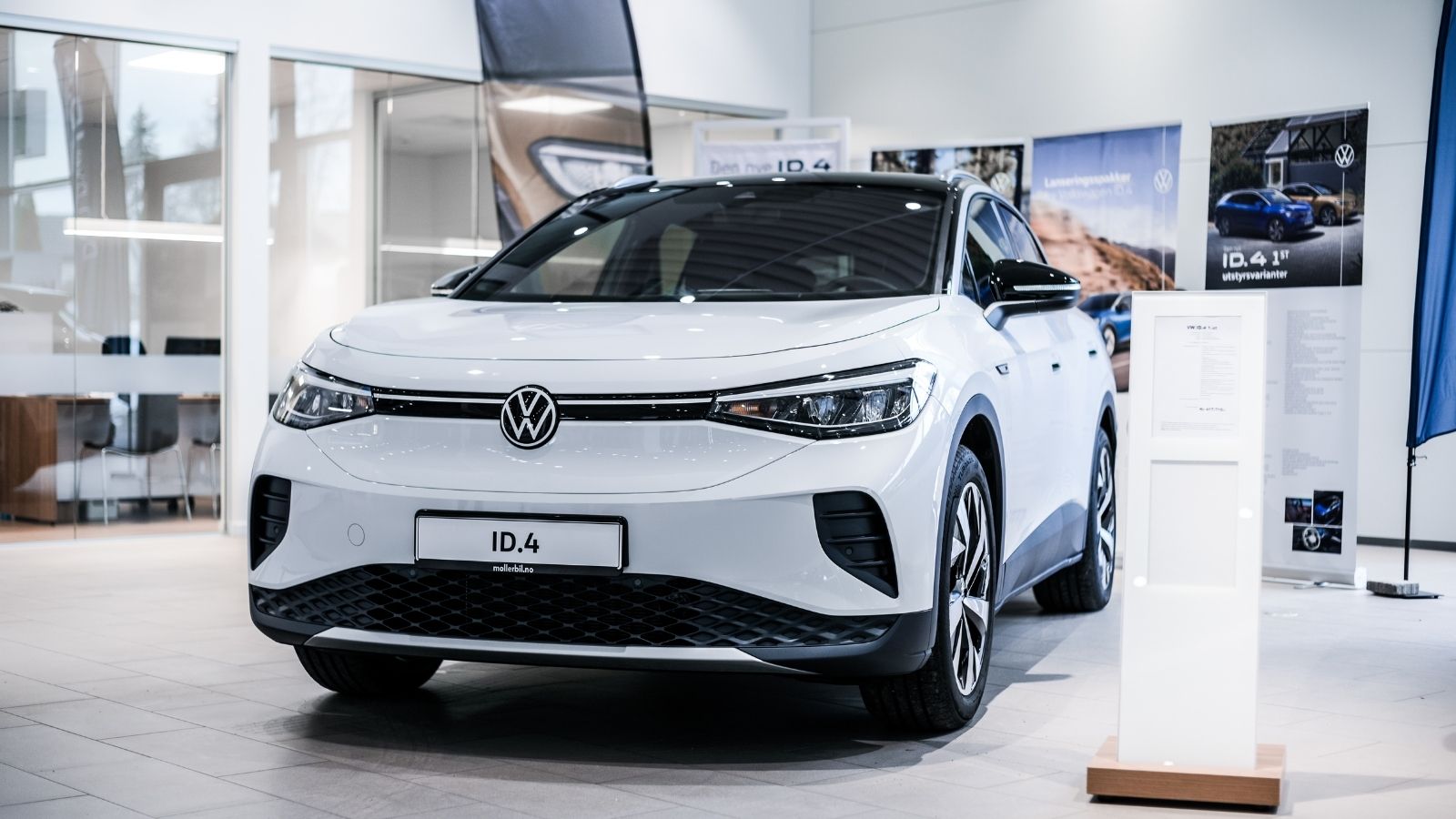
The rear-wheel-drive version of the ID.4 faces multiple challenges on snow-covered roads. Traction and control become significant concerns when navigating unplowed suburban or rural areas. Additionally, the model’s real-world range often falls well short of its 400 km claim, especially when factoring in HVAC use and highway driving. Charging performance in cold temperatures also underwhelms, with DC fast charging frequently slower than promised. The infotainment system has seen criticism for lag and unresponsiveness, compounding the frustration. Though the ID.4 offers a pleasant ride quality in good conditions, it leaves much to be desired when tested against Canadian weather.
Tesla Model 3 (Standard Range Plus)
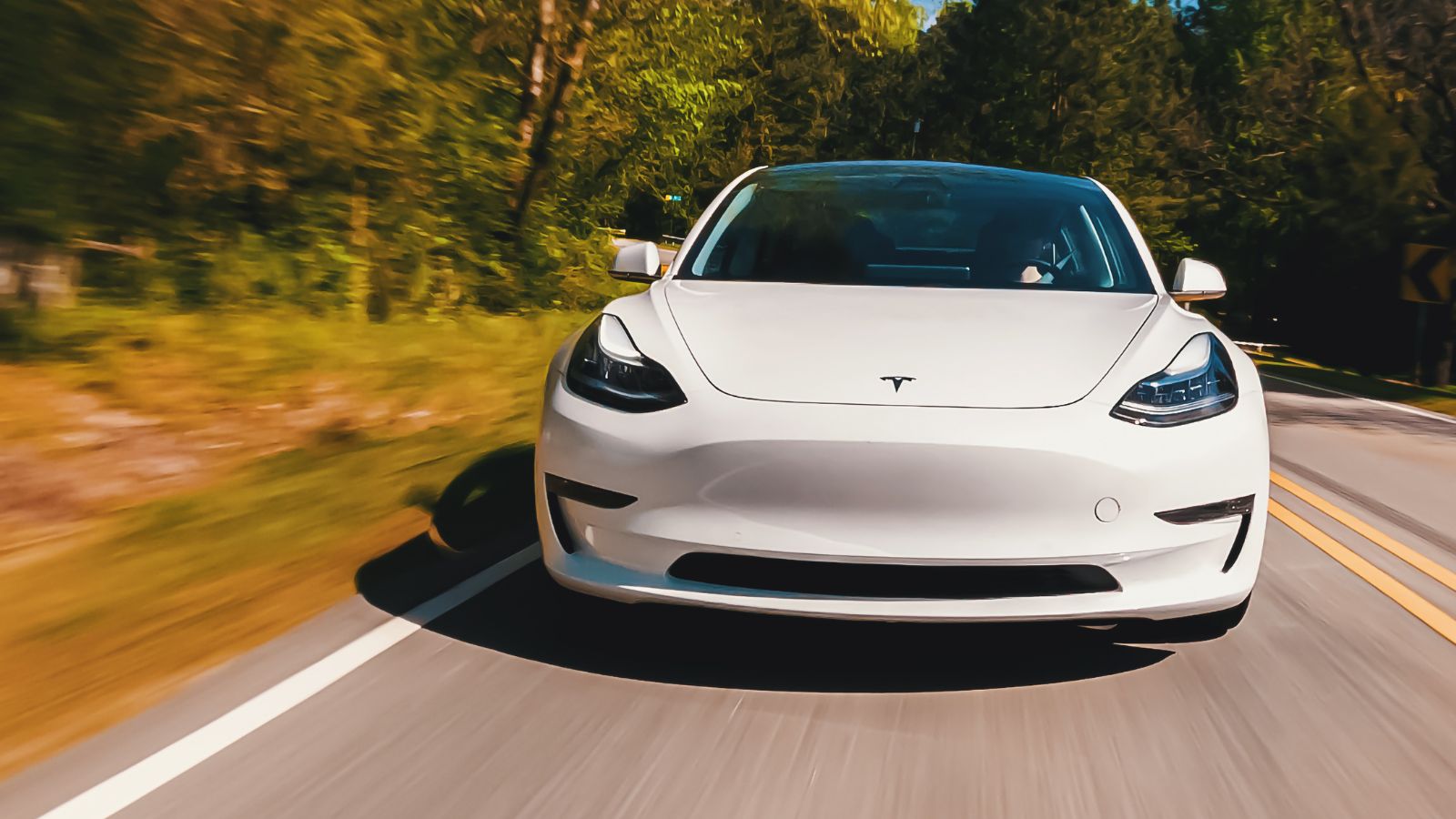
Though popular, the Model 3’s base version has shown real-world limitations. The single motor setup, combined with rear-wheel drive, can make traction unpredictable on icy roads. Additionally, range losses in winter have been substantial, often dropping 30% or more in sub-freezing conditions. Battery preconditioning helps but demands planning. Interior build quality has received mixed reviews, and door handles freezing shut is a typical winter grievance. Charging infrastructure is better than most, but even Tesla’s network can falter when demand spikes. For tech-savvy users in cities, it still holds appeal, but its shortcomings become more evident outside urban hubs.
Mini Cooper SE
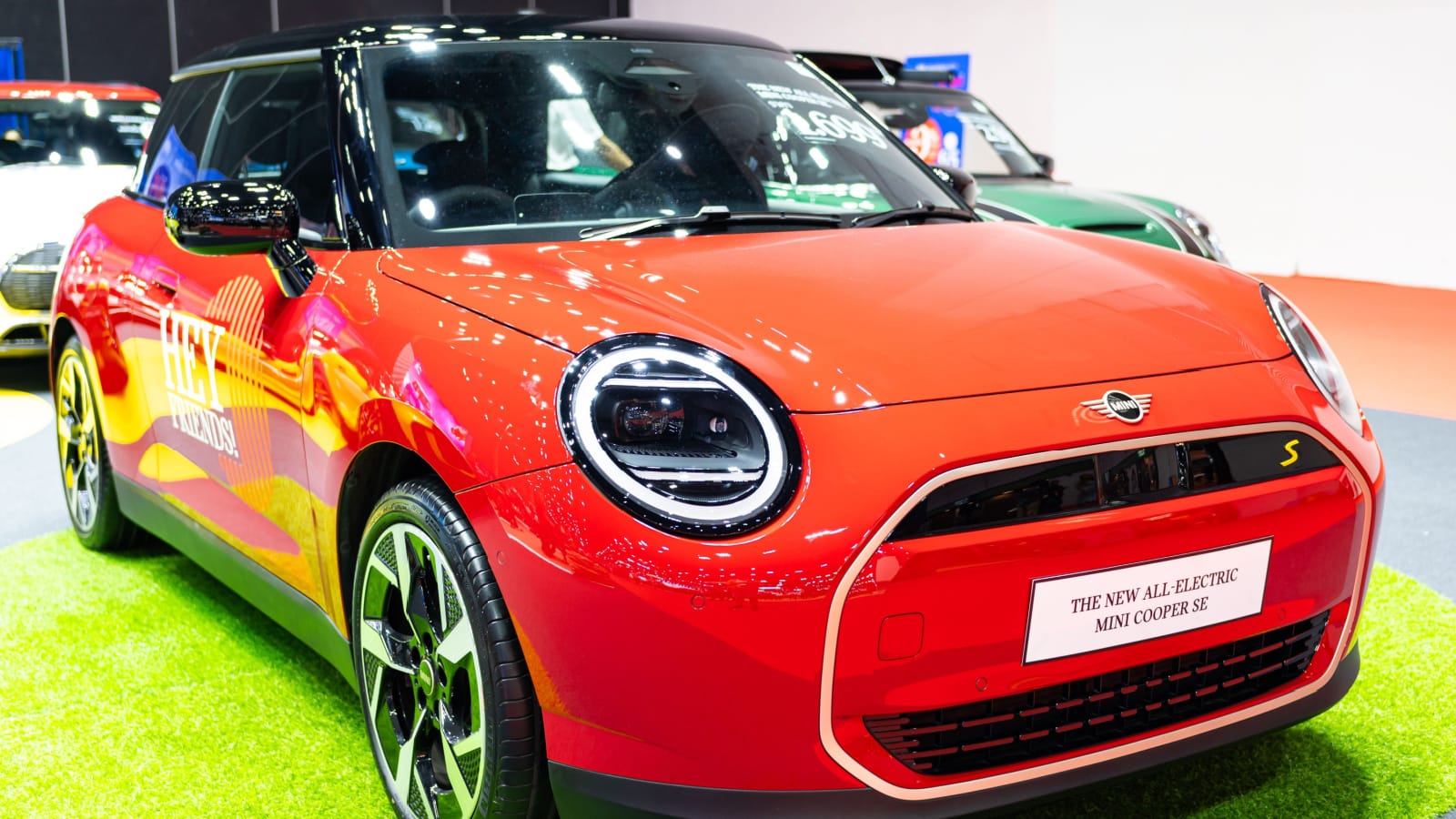
The electric Mini boasts style but falters on practicality, especially for Canadians. With a rated range of just 183 km, real-world winter driving can reduce that to around 120 km. This drastically limits its viability for anything beyond short commutes. The tiny battery struggles to handle auxiliary systems, such as heat or defrost, when they are running. Rear seat space and cargo capacity are minimal, making it difficult to justify as a daily family car. While the go-kart-like handling is fun, poor range and limited charging capabilities place it at the bottom tier for long-term versatility in colder regions.
Mazda MX-30
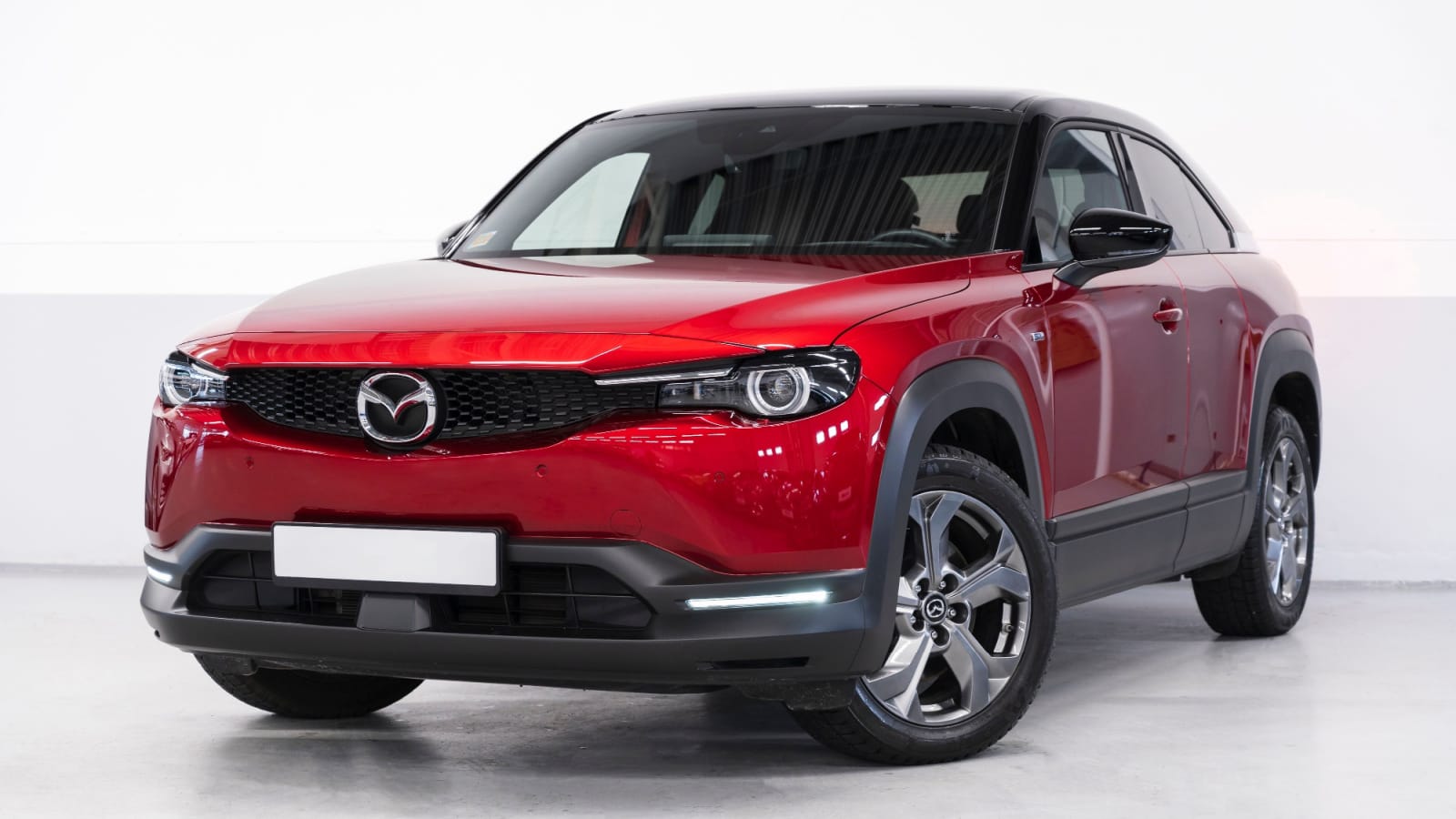
Mazda’s first attempt at an EV, the MX-30, is plagued by its minimal 161 km range, which drops below 120 km during winter testing. This makes it nearly unusable for longer commutes or spontaneous travel. Its unconventional rear-hinged doors may seem quirky but hinder practicality, especially in tight parking spaces. The vehicle’s limited availability of fast-charging stations exacerbates its usability issues. Despite the stylish interior and solid build quality, most testers agree that the driving experience doesn’t compensate for the restrictive range and sluggish charging.
Volvo XC40 Recharge
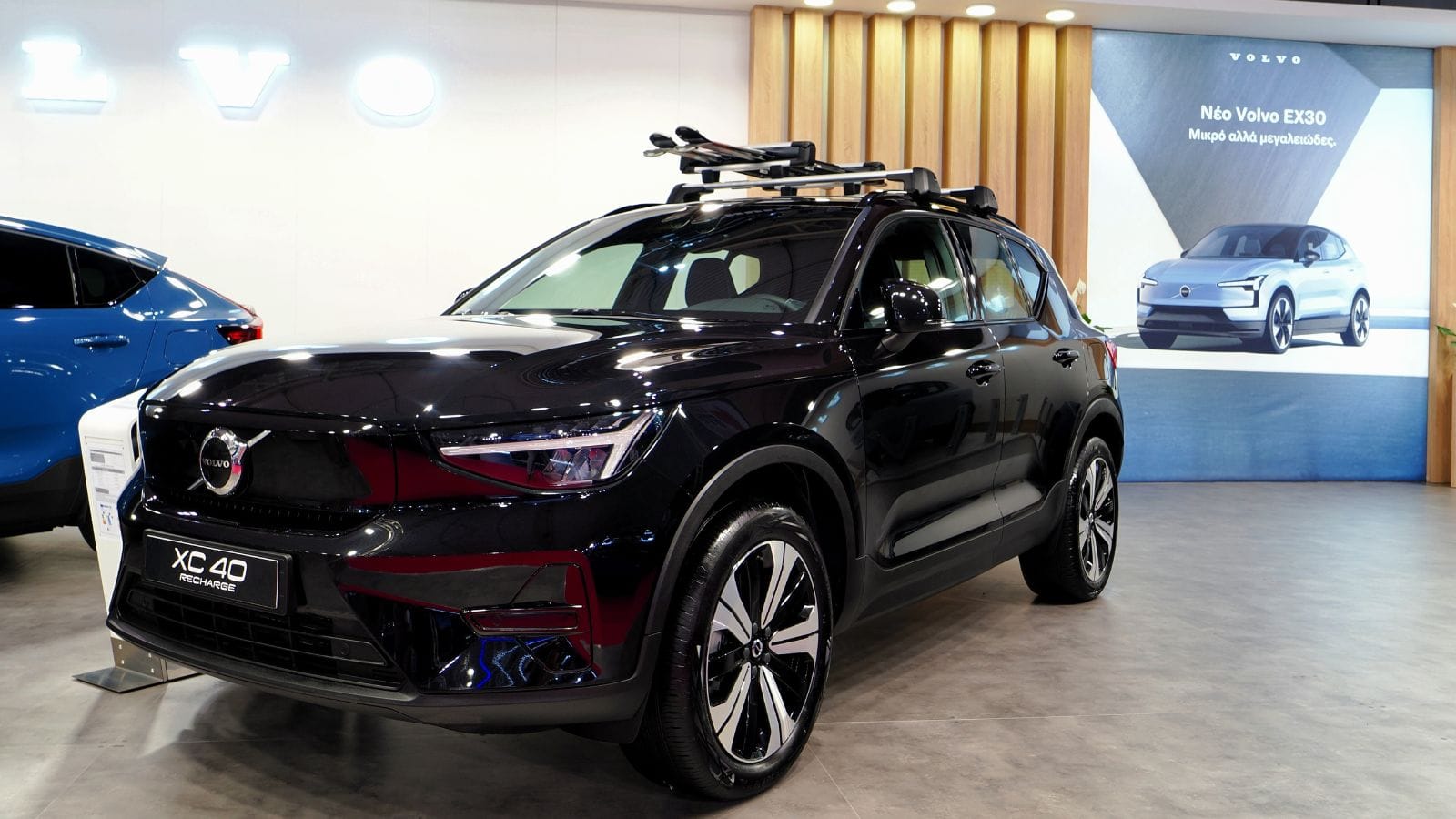
The XC40 Recharge’s advertised range of 359 km quickly shrinks under Canadian winter driving conditions. Several owners report struggling to get more than 260 km when using climate control and heated features. The car’s weight and dual-motor setup don’t help efficiency, and fast-charging performance drops when battery temperatures are low. Its premium price tag raises expectations, but poor charging network integration and software bugs in the infotainment system disappoint many users. The luxury branding does little to mask how frequently the EV fails to deliver consistent, reliable winter driving performance, especially on longer journeys where planning becomes burdensome.
Audi Q4 e-tron
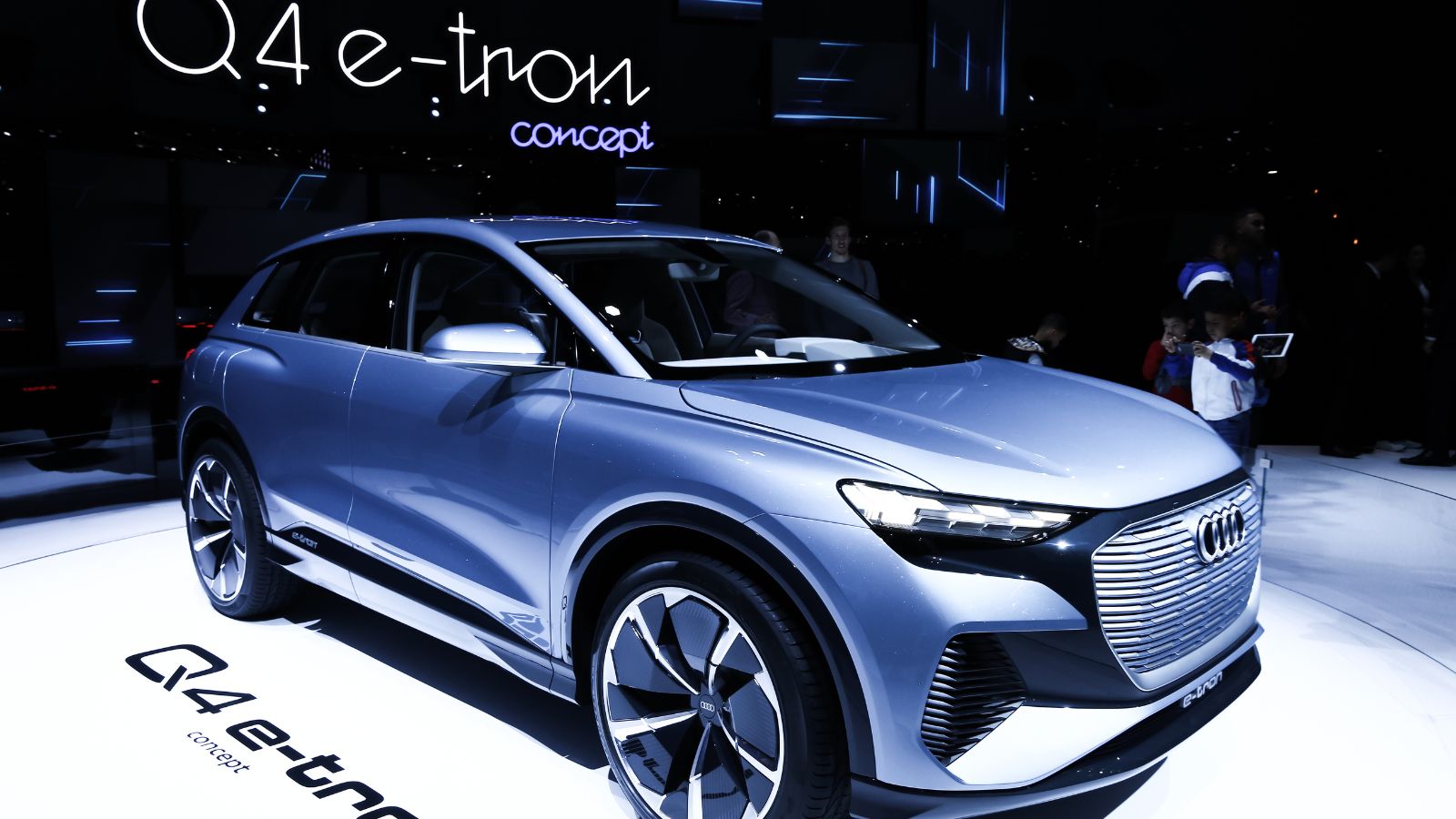
The Audi Q4 e-tron has underperformed in cold-weather testing, with its real-world range hovering closer to 280 km compared to the claimed 388 km. Cold battery packs slow down charging speeds significantly, and the lack of standard battery preconditioning limits the effectiveness of fast-charging. Interior comfort is strong, but software lags and glitches in Audi’s MMI system have frustrated drivers. Despite good ride quality and quiet cabins, the car’s efficiency struggles in snowy, frigid environments. Drivers also point out that regenerative braking isn’t as customizable or effective as rivals.
Kia Niro EV

Though marketed as a practical electric crossover, the Niro EV loses its edge when temperatures drop. Real-world winter range consistently underperforms, dropping well below 300 km despite a claimed 385 km. The car lacks a heat pump on most trims, meaning climate control significantly drains battery reserves. Users have also reported erratic fast-charging speeds, with cold batteries taking much longer to charge. Plus, its compact design limits passenger space and cargo flexibility, especially for families or active users. While it remains efficient in spring and fall, harsh winters expose its vulnerabilities in both performance and endurance.
BMW i3
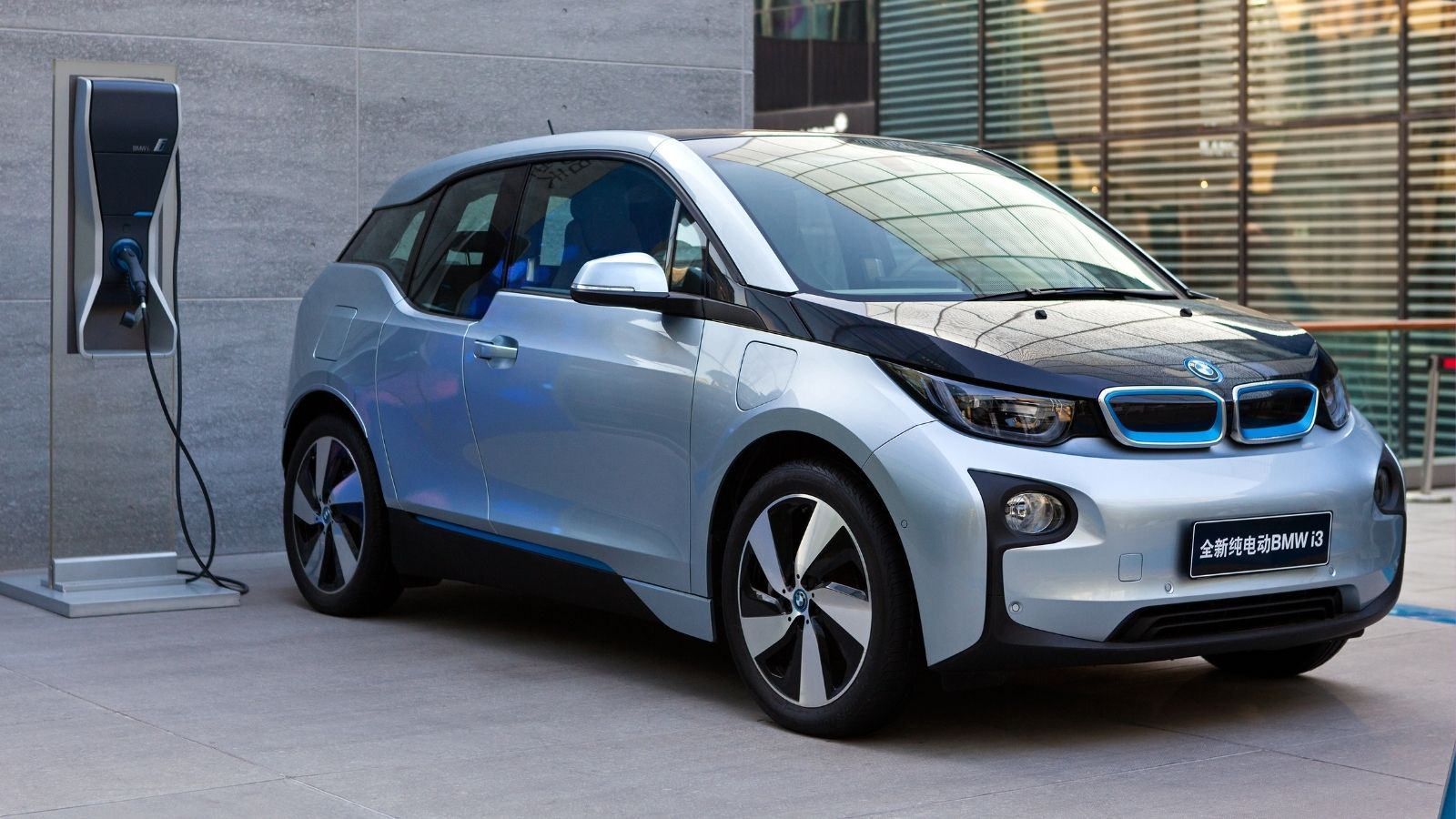
With a short range of just 246 km (on the final version), the BMW i3 is outclassed by today’s EV standards, especially in colder climates where that number can drop below 180 km. While its carbon-fiber construction and quirky design stood out upon release, the i3 has aged poorly in the current EV landscape. Its narrow body and small battery pack struggle with Canadian road conditions and heating needs. The optional range extender helped with early concerns, but newer rivals now outperform it without the complexity. Not to mention, limited rear seat space and outdated tech also hold it back from modern expectations.
Fiat 500e

Initially built for warmer markets, the 500e has never been a strong option for northern climates. With an official range around 135 km, real-world winter use can bring that down to double digits. It lacks proper thermal management and offers minimal cabin insulation. Charging is slow and often inefficient. Cargo capacity is limited, and rear seats are more symbolic than functional. And, while it might appeal to city drivers with very short commutes, it’s essentially unviable for broader Canadian use. The 500e is more of a novelty than a reliable transportation option in harsher environments.
Toyota bZ4X (FWD)
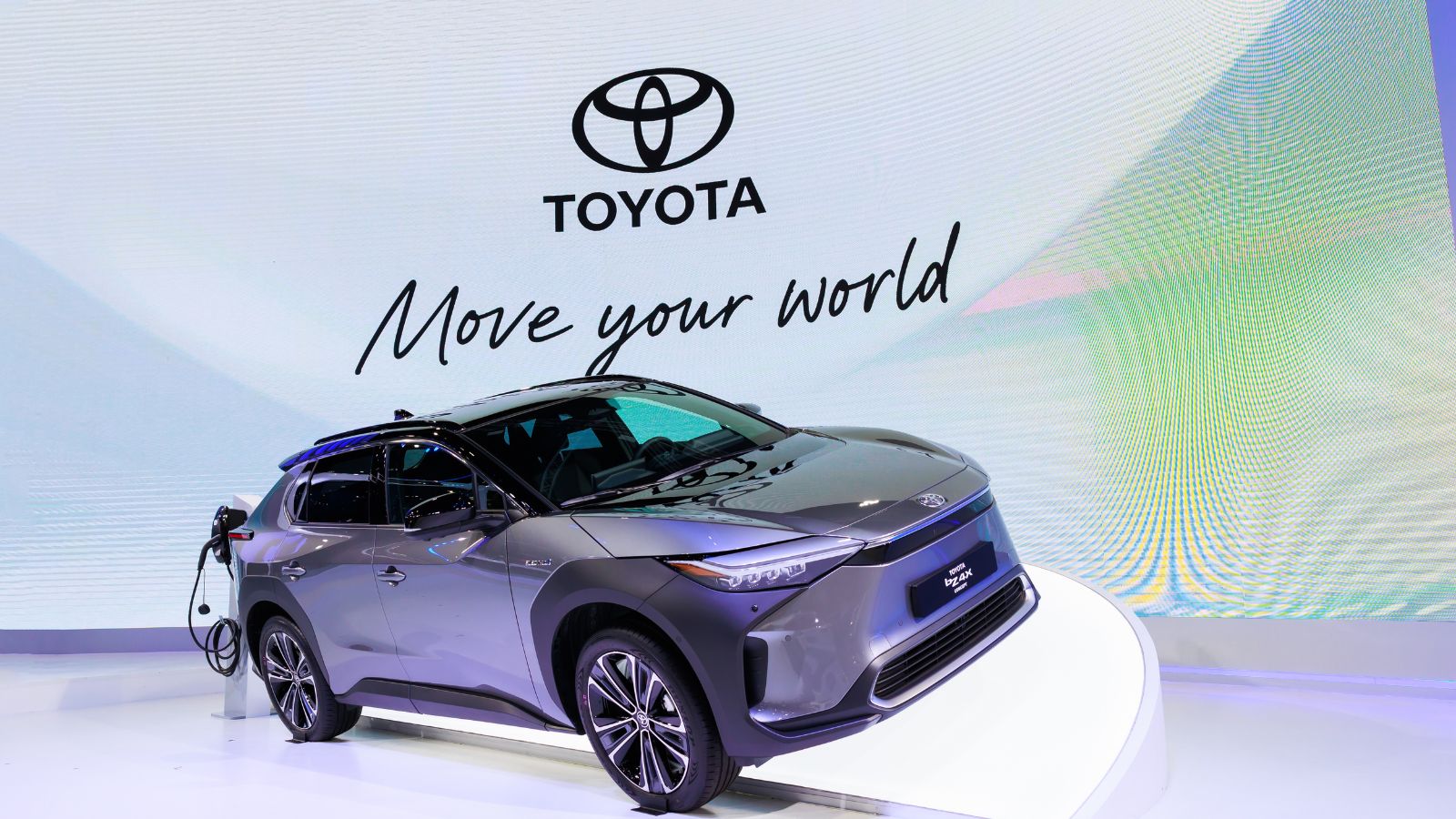
Toyota’s entry into the EV world hasn’t landed smoothly. The front-wheel-drive version of the bZ4X suffers from poor range retention and slow charging in winter. Without a proper battery heating system, cold starts significantly hinder both performance and charging reliability. Range estimates of over 400 km drop closer to 300 km or less during real usage in frigid temperatures. The software is still undergoing updates, and the infotainment experience is less intuitive than expected. Though Toyota’s brand credibility adds some weight, the execution of its first EV has left early adopters wanting more refinement and real-world dependability.
Honda Clarity Electric
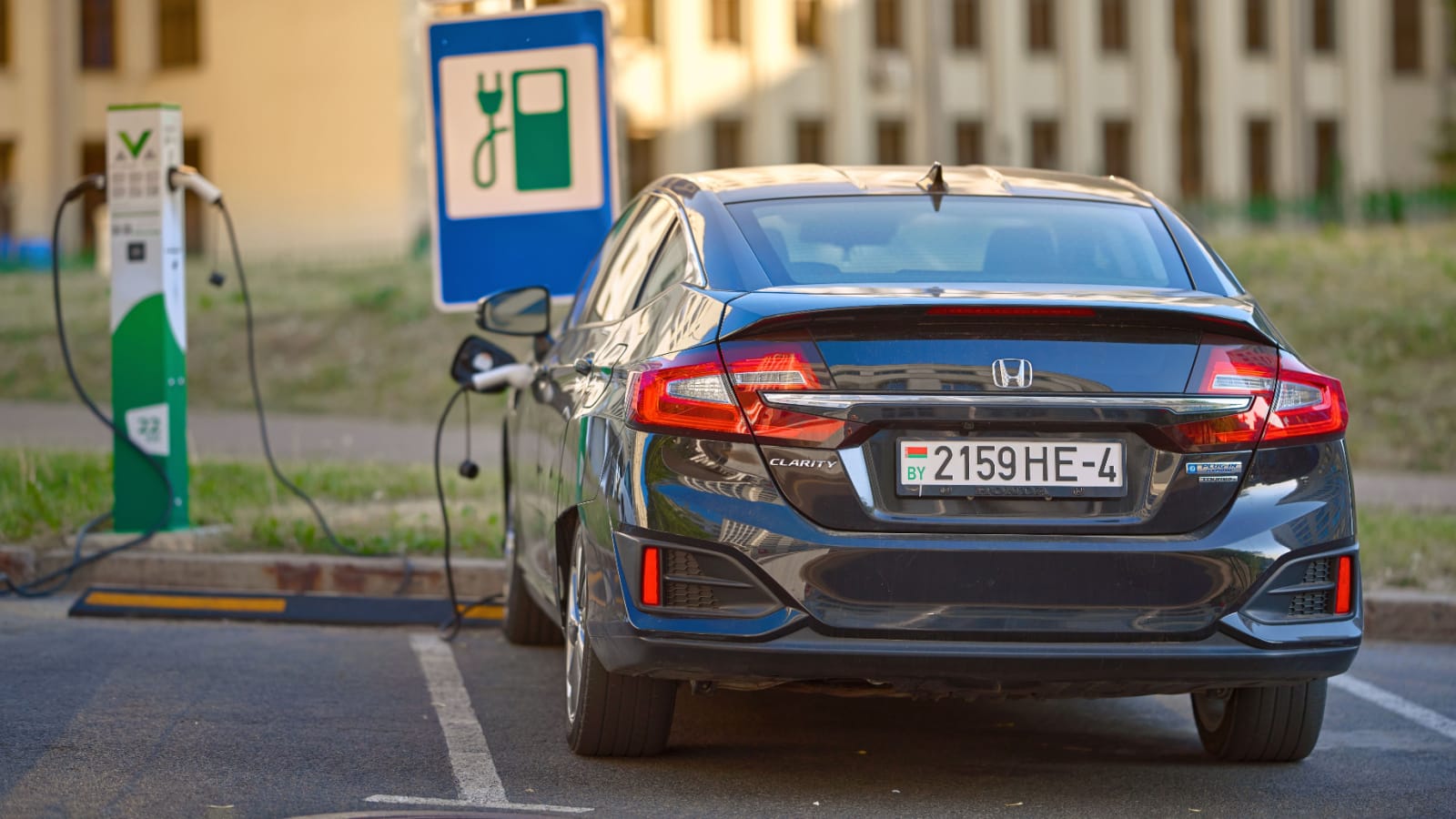
With a range under 150 km, the Clarity Electric was not designed for regions with harsh winters or long commutes. It was only ever released in limited markets and feels like a stopgap solution. Battery performance dips sharply in freezing conditions, making it a poor fit for anyone outside major city centers. The Clarity’s bulk doesn’t match its range, and charging speeds are subpar. Its limited utility and lack of widespread availability mean that many drivers skipped it altogether. Still, those who took the plunge found themselves constantly tethered to a charging station or planning trips around warm weather.
Jaguar I-PACE
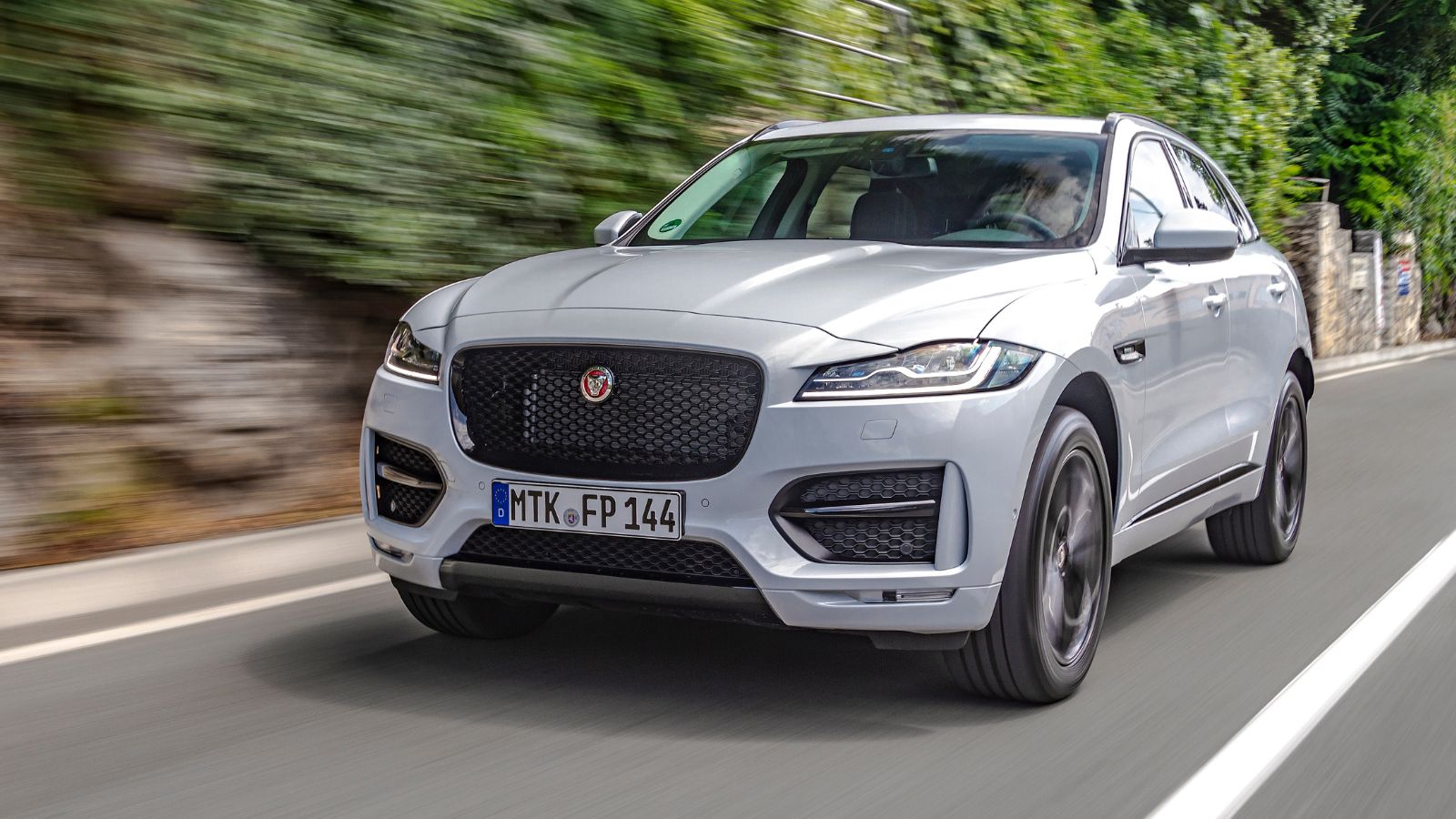
The I-PACE impresses in terms of design and performance, but its real-world efficiency remains a sore point. Despite a claimed 377 km range, Canadian drivers frequently report 250–280 km in colder months. Charging times are longer than expected, especially when the battery is cold. The infotainment system, while visually appealing, has been buggy and slow to respond. The weight of the vehicle, combined with dual motors, adds to energy consumption. And, for a premium vehicle, these shortcomings feel more noticeable.
Polestar 2 (Standard Range)
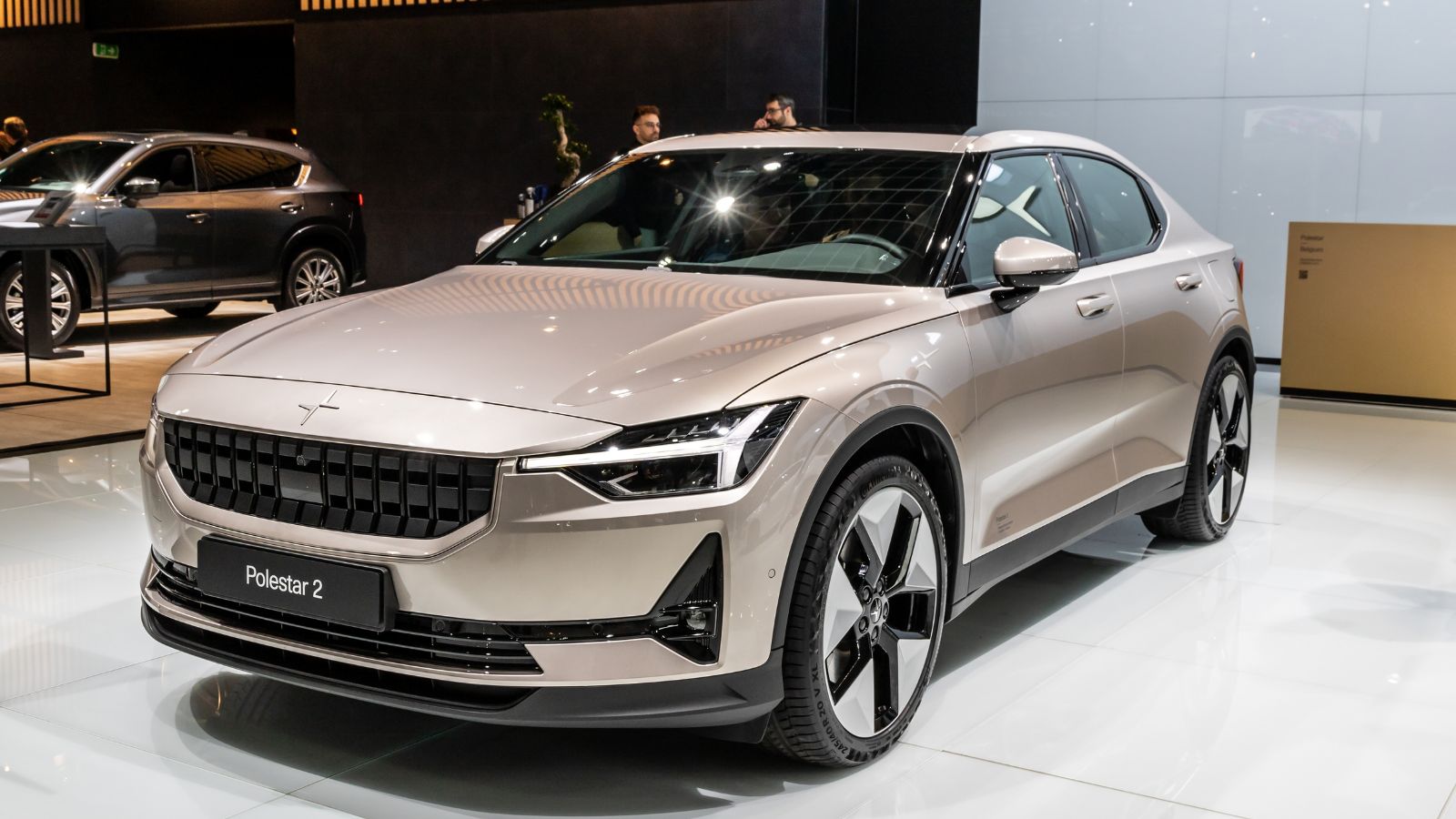
The Polestar 2 has attracted attention for its performance and styling, but the standard range model fails to impress in Canadian conditions. Range estimates of 400 km are optimistic, with winter testing showing figures closer to 280 km. Cabin heating and battery preconditioning aren’t as effective as promised. Owners have also flagged sporadic bugs in the Google-based infotainment system, while fast-charging stalls have been observed with colder battery packs. For a vehicle aiming to compete with Tesla’s dominance, it lacks the refinement and consistency needed to perform in harsh weather.
Smart EQ ForTwo
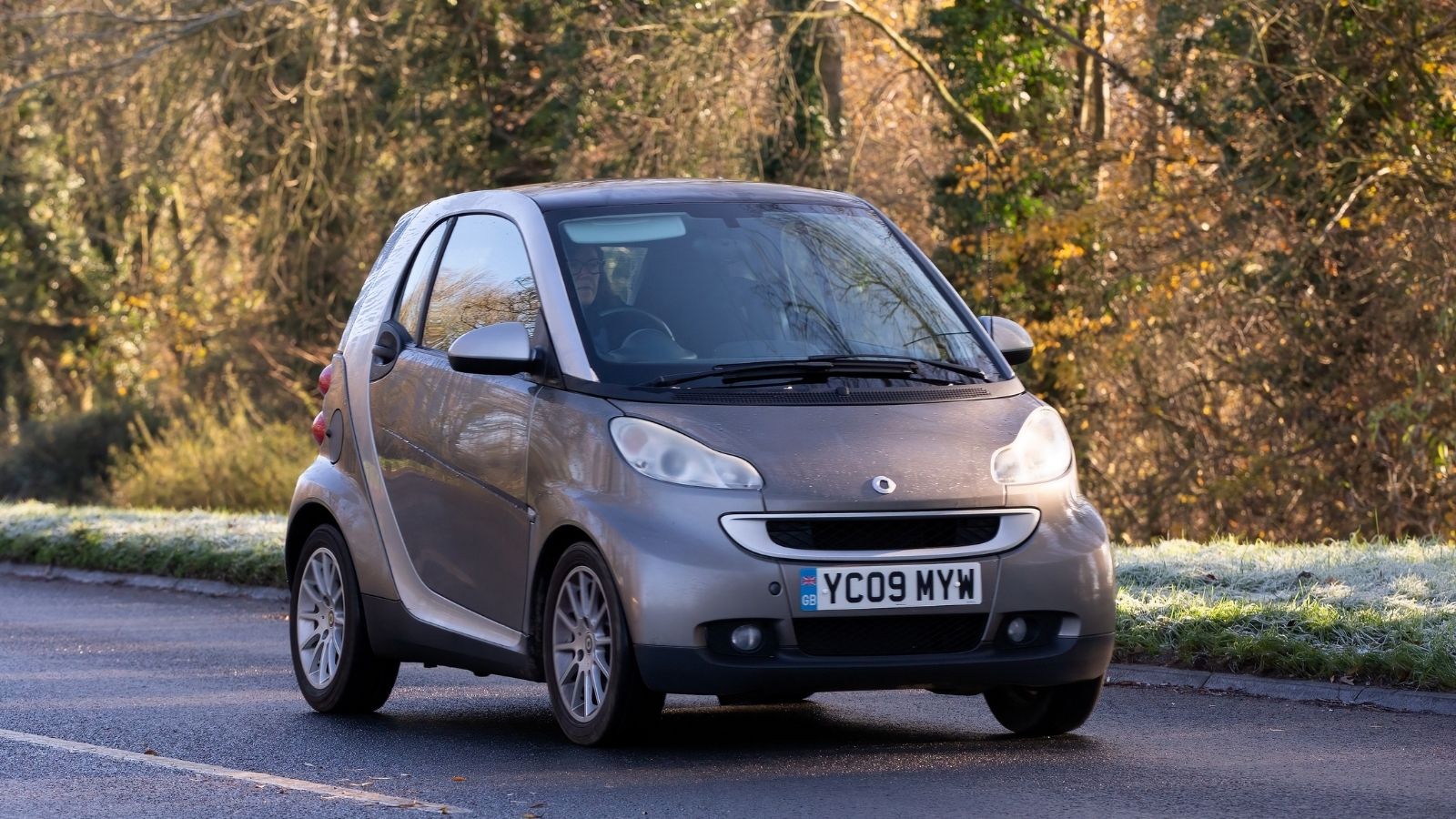
This microcar might be ideal for dense urban centers, but it’s wholly impractical for the rest of the country. With a laughably short 93 km range that drops to around 60 km in winter, the EQ ForTwo barely competes with modern electric scooters. Charging is slow, and there’s limited interior heating capacity. On snowy or icy roads, its small wheels and short wheelbase make handling feel uncertain. As a second or third vehicle strictly for inner-city errands, it can work. But for the majority of Canadians, it offers too little utility for the compromises it demands.
Lucid Air (Pure)
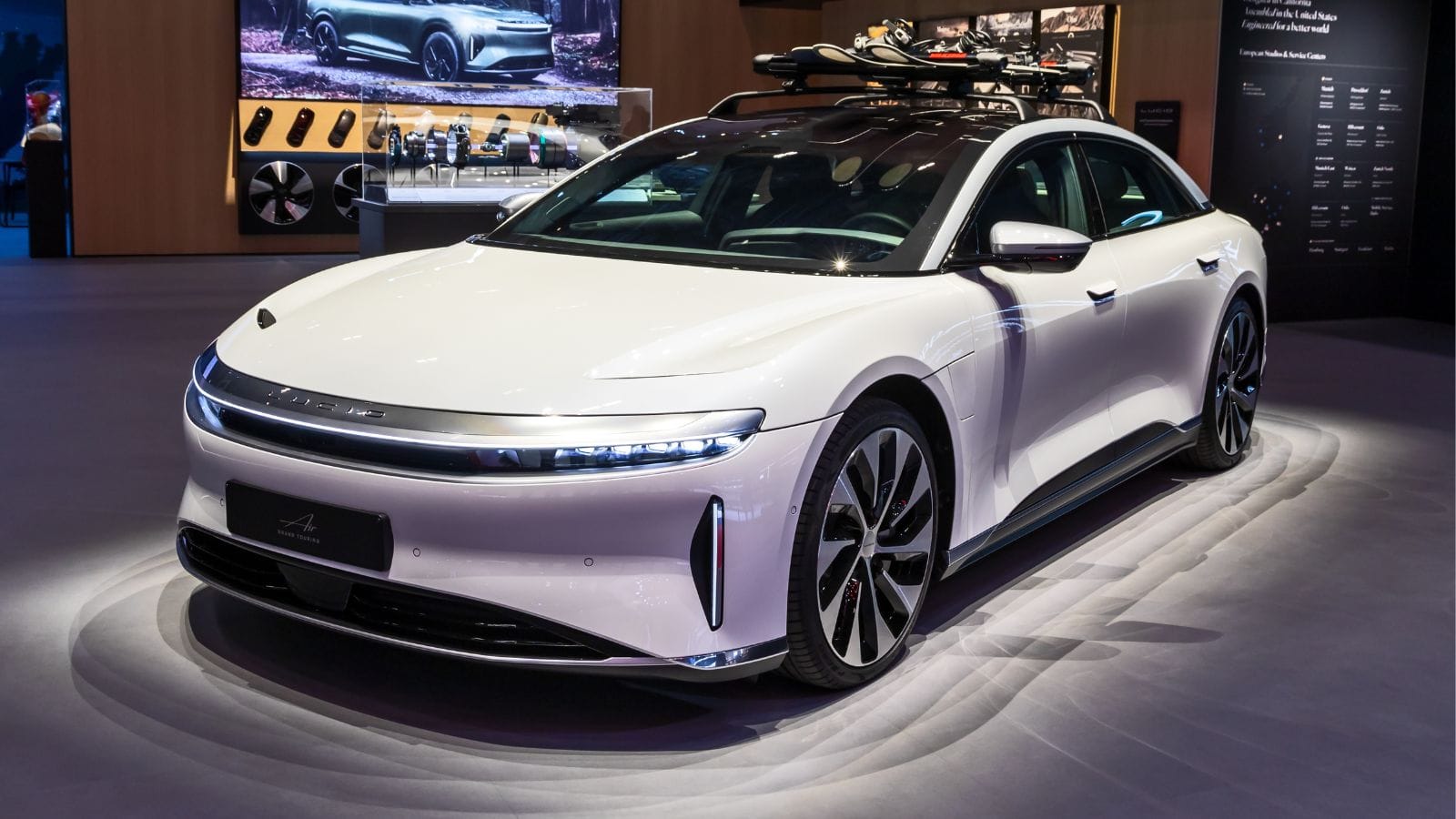
Lucid’s entry-level Air trim offers impressive technology but faces growing pains in real-world performance. While EPA figures tout over 650 km of range, winter driving cuts that dramatically, sometimes closer to 400 km. Preconditioning must be manually activated, and software inconsistencies have created charging delays. The vehicle’s size and premium features weigh it down, hurting efficiency. Some users have experienced slow infotainment updates and unreliable driver assistance systems. Despite its luxury orientation, the inconsistency of performance, especially in colder environments, makes it a tough sell for those needing dependable winter driving range.
Rivian R1T
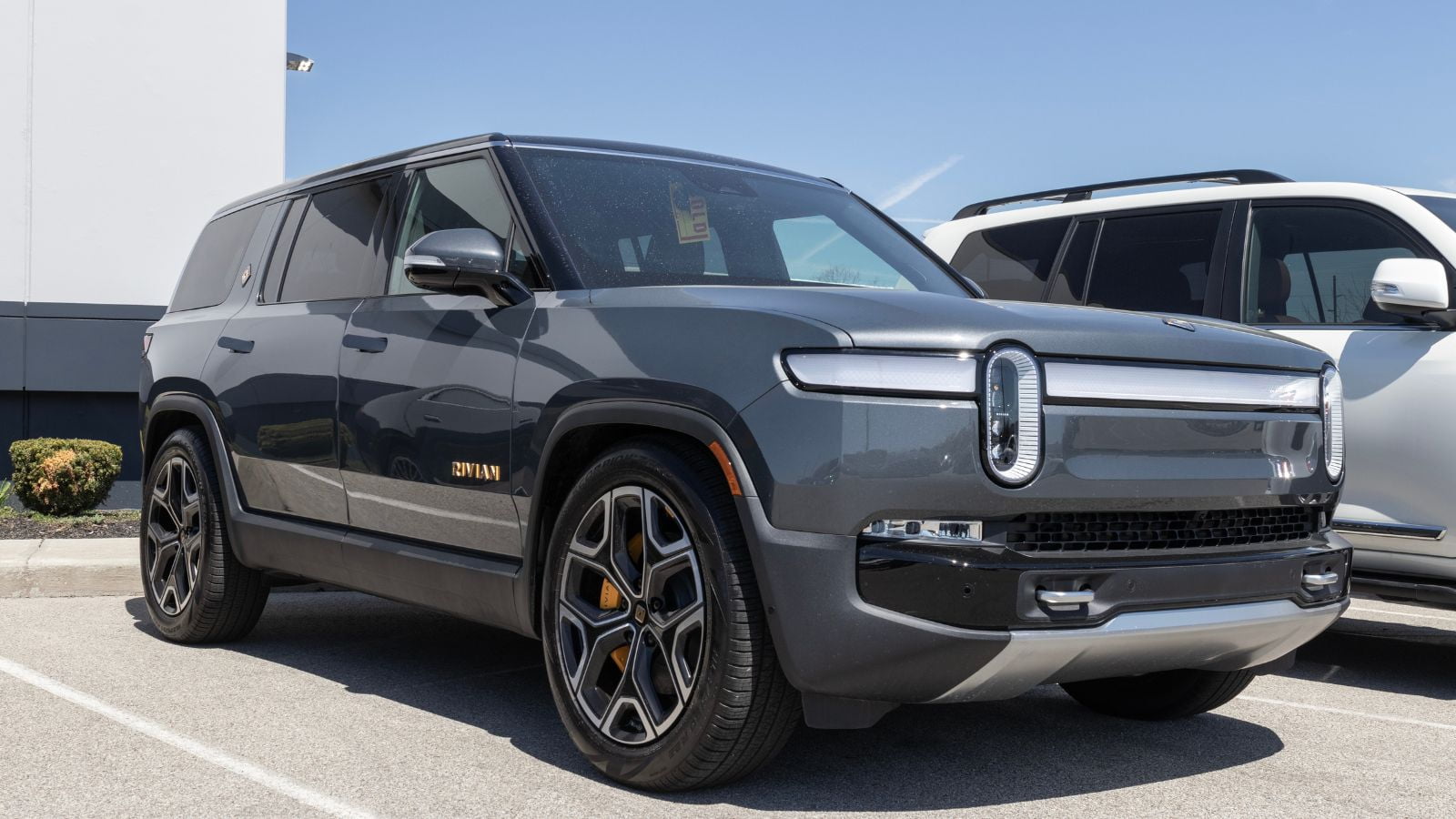
The Rivian R1T is an adventure-focused electric truck that struggles to meet real-world conditions. It’s cumbersome, and in winter, that translates to major range drops, from over 500 km claimed to around 320 km in actual cold-weather use. Cold battery packs limit fast-charging effectiveness unless preconditioned well in advance. Its impressive off-road tech is rarely usable for the average buyer, and its large size makes it impractical for narrow or urban roads. Early adopters have also reported software issues and lengthy service delays.
GMC Hummer EV
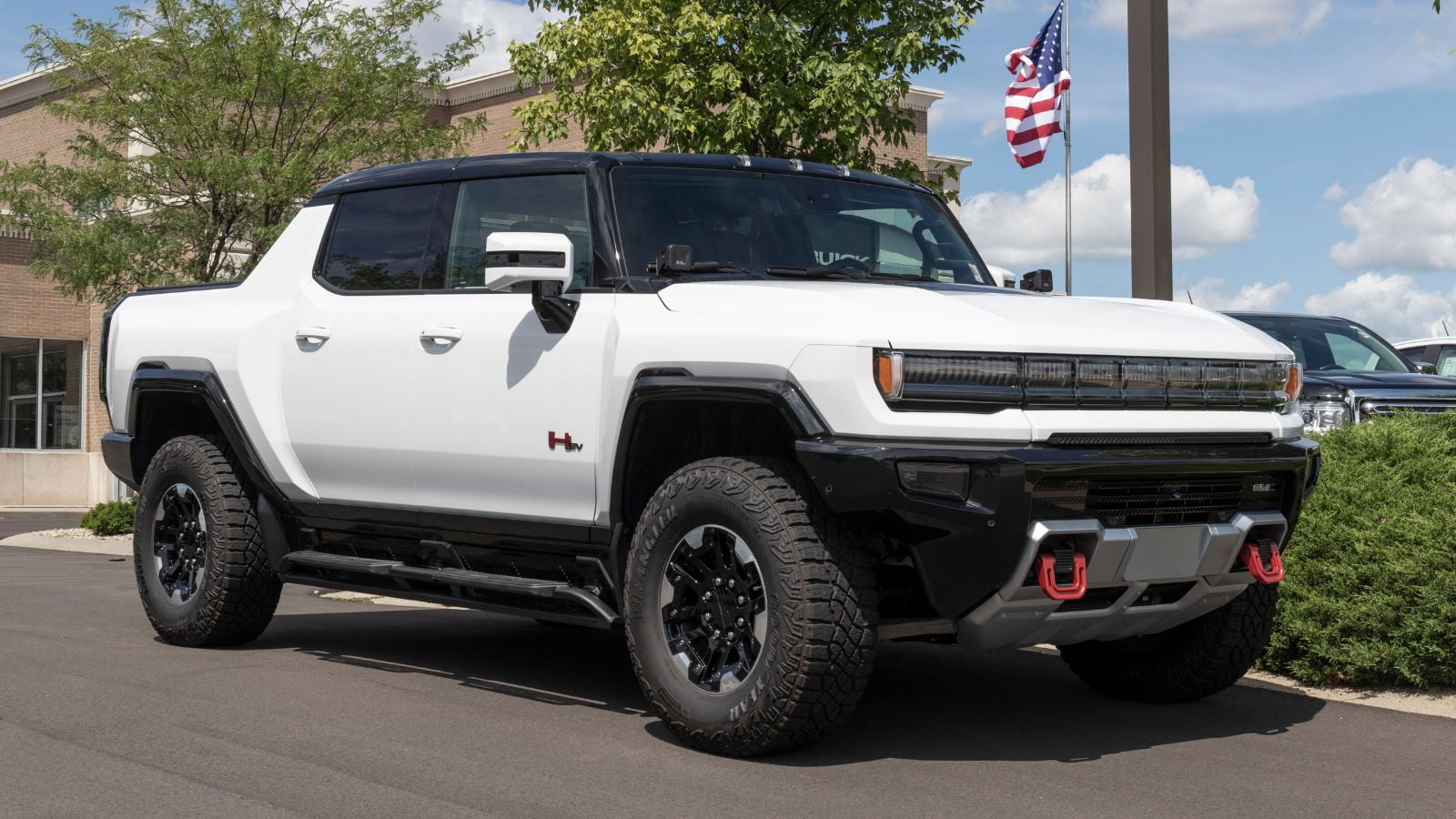
Despite its enormous battery and power, the Hummer EV struggles with efficiency and practicality. Weighing over 9,000 pounds, it consumes energy quickly. Despite having a battery over 200 kWh, its winter range has dipped to just 300 km. Charging takes longer than expected, and the sheer size of the vehicle limits where it can be driven or parked. Cold climates introduce range loss and charging delays, and the lack of established service networks adds to the frustration. Its off-road capability is impressive, but for everyday Canadian drivers, it’s too bulky, too inefficient, and too expensive to justify.
Mercedes-Benz EQB 300 4MATIC
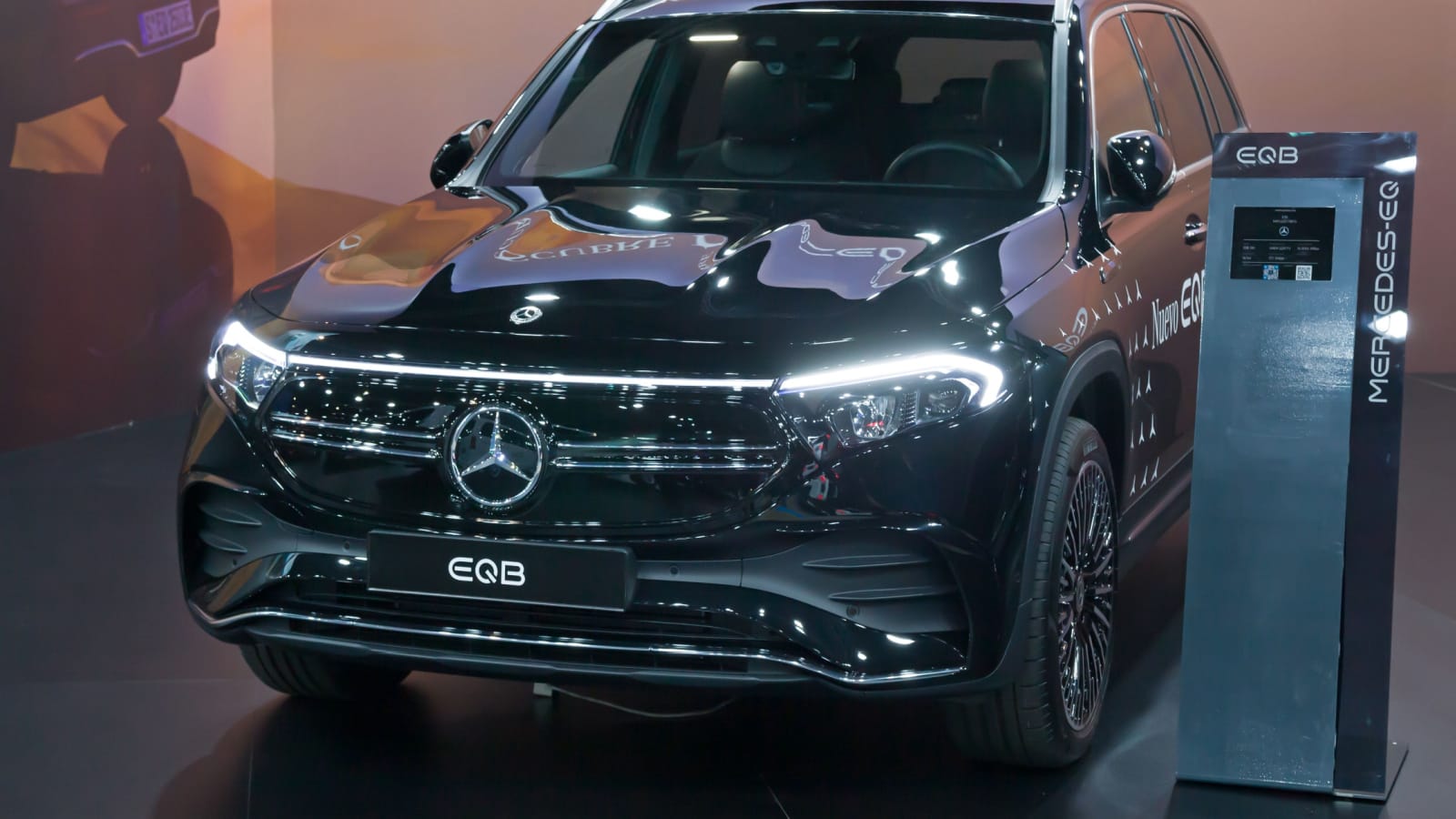
The EQB promises practicality, but winter testing exposes its weak points. Its real-world cold-weather range often lands below 300 km, well short of the advertised 365 km. Cabin heating relies heavily on battery power, and the vehicle lacks more efficient heat pump systems found in rivals. Software updates have been slow to address persistent lag in the infotainment system. Moreover, interior space is less than what its boxy profile suggests, with third-row seating being especially cramped. While it brings luxury branding and a smooth ride, the EQB struggles to meet performance expectations under Canadian winter loads.
Subaru Solterra
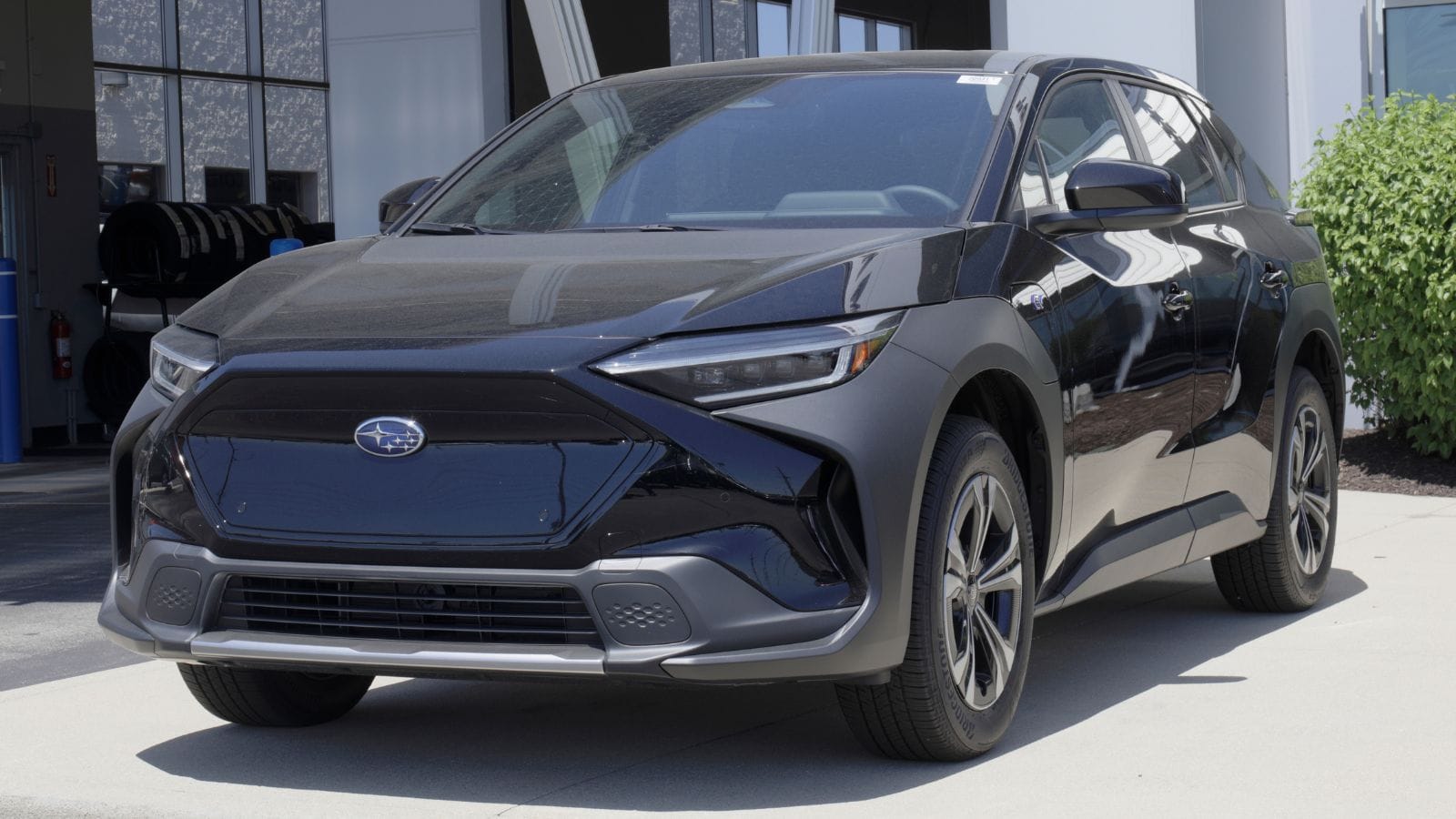
Subaru’s EV debut is burdened with limitations that clash with its rugged reputation. Despite being AWD, the Solterra’s range is underwhelming; real-world results in winter show a maximum of 280 km, down from its claimed 360 km. It suffers from slow charging rates and lacks reliable thermal management for the battery. Cabin heating isn’t as effective as expected, and cargo space feels compromised due to battery placement. Owners have also flagged the infotainment as sluggish and unintuitive. Plus, given Subaru’s usual appeal to adventurous drivers, the Solterra feels underdeveloped for the rougher, colder conditions many Canadians deal with.
25 Facts About Car Loans That Most Drivers Don’t Realize

Car loans are one of the most common ways people fund car purchases. Like any other kind of loan, car loans can have certain features that can be regarded as an advantage or a disadvantage to the borrower. Understanding all essential facts about car loans and how they work to ensure that you get the best deal for your financial situation is essential. Here are 25 shocking facts about car loans that most drivers don’t realize:
25 Facts About Car Loans That Most Drivers Don’t Realize
